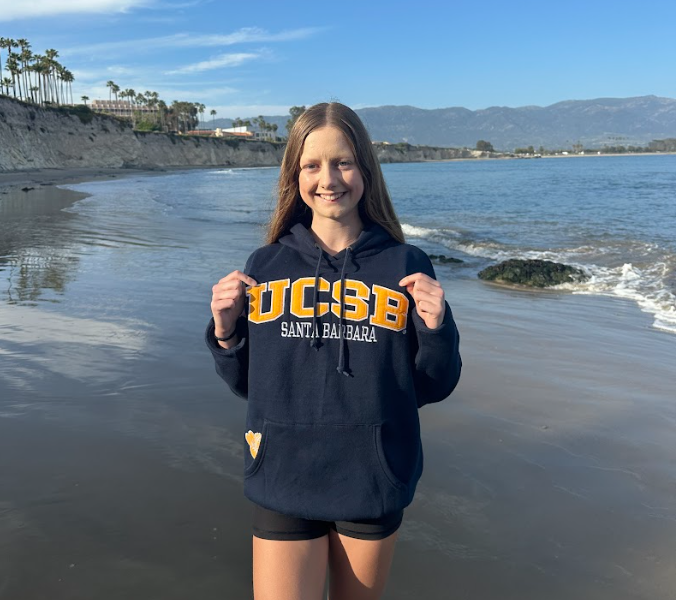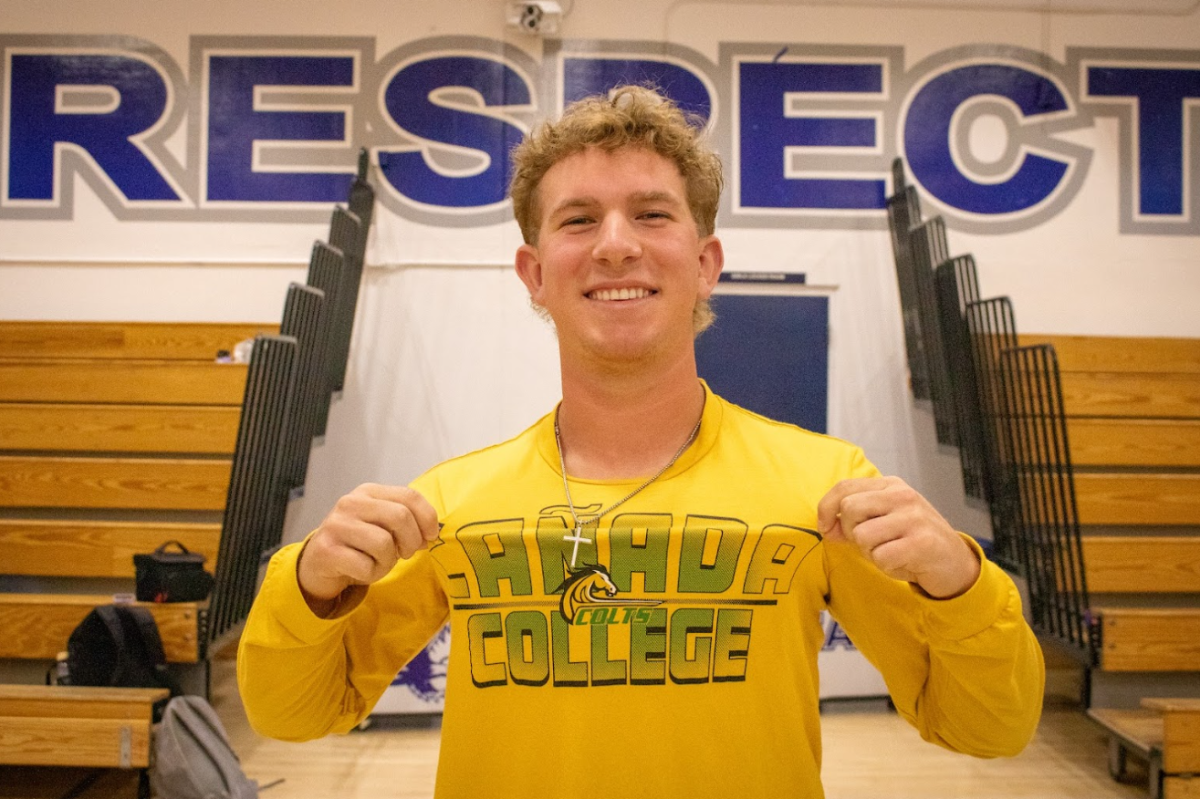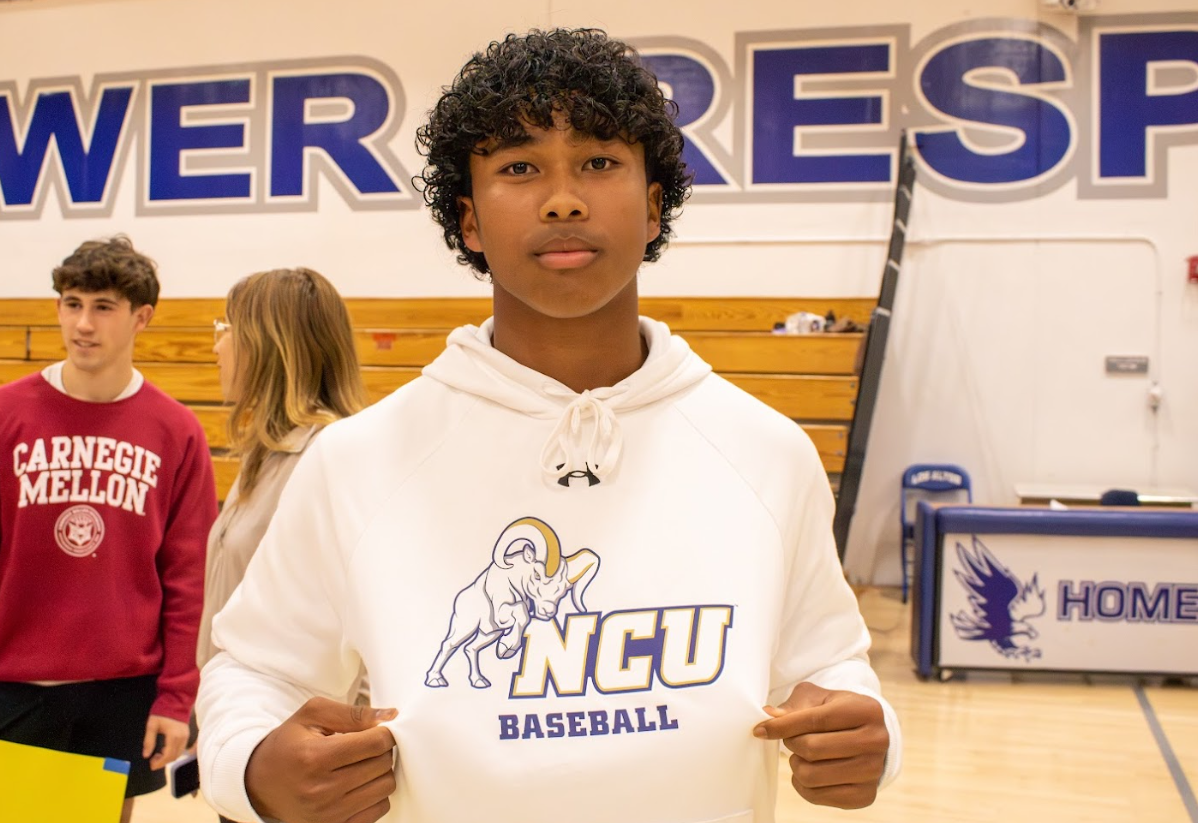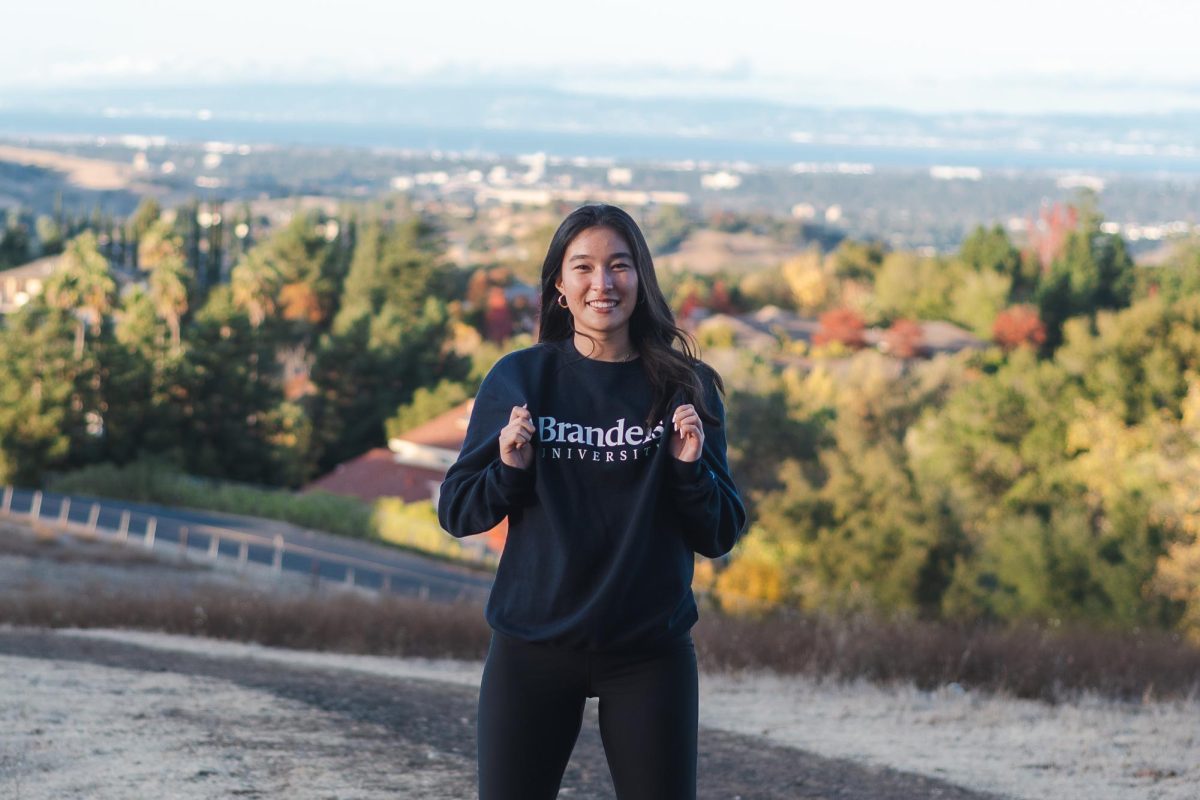They were not the Eagles–blue, grey, and white. They were the Knights–blue and gold. They reigned atop Bay Area high school sports in almost every sport, winning more championships and awards than in any other period of school history. Their slogan: “Building Athletic Dominance”. During this powerhouse period, the school would send over thirty athletes to university with full rides. What made Los Altos such a powerhouse program? What was the atmosphere like in the school, and who was responsible for the program’s transformation?
Coaching Brilliance
In 1955, the school opened to the public. It initially contained only two classes (freshman and sophomore), and it paled in comparison to local rival Mountain View, the current athletic powerhouse in the area. When the school opened, it had no gymnasium, no basketball courts and no stadium. Teams had to travel to local elementary schools to get practice time.
Despite humble beginnings, the school quickly had one of the most powerful programs in the state of California. The immense talent of the coaching staff propelled the school to championship after championship.
“It was always my belief that we had a program of college coaches coaching at the high school level,” former Athletic Director Dushan “Dude” Angius said.
The coaching base can be summarized by a big four: Angius, who orchestrated the program, track and field coach Leo Long, football coach Tom Burt, and swimming and water polo coach Nort Thornton.
After starting at school in 1956, Thornton led the school to consecutive water polo titles. He would go on to coach at Foothill College and UC Berkeley, coaching 55 athletes to the Olympics. Burt led Los Altos football to glory. The team won 6 SCVAL Championships in 10 years–something unheard of today. And finally, Long propelled the school to a state championship in track–the first and only time that it has been done in school history. How was Angius able to put together such an incredible coaching staff?
“The big thing is that I spotted them, I knew their records,” Angius said “I knew why I wanted them and I told them that and they liked us.”
From an early stage, coaches were selected not only for their coaching abilities, but also for how they fit in at the school. Long, Burt and Thornton all had the talent to coach at hundreds of different universities, but they decided to remain right where they were: Los Altos.
“There was a tremendous amount of support inside the athletic department,” Burt said. “[We were] extremely supportive of one another. We were involved in the entire program. Which is one of the reasons we were so successful. The thing that got it all started, which helped us developed this great togetherness, was ‘Dude’ Angius.”
Athletic Talent
There are many characteristics that can define an excellent athlete, including having a certain amount of natural talent coupled with a strong work ethic and the ability to work with other teammates and experienced coaches. During the early days of the school, players excelled by working with their coaches. There was a strong relationship between players and coaches.
“What makes a terrific, terrific program is when coaches manifest the same respect to the players as the players manifest to them, and that’s what we had,” Angius said. “We had a synergy that you just couldn’t believe.”
Because of this dedication and commitment, the local community also became serious about supporting the athletes and athletic programs. In some cases, stores even donated equipment to a sports team. To the players and coaches, athletics became integrated into the community itself. This community support encouraged players to work harder.
One of the memorable athletes to the coaches was Bob Stoecker ‘62. Bob was a national record holder for discus, as well as a scholarship candidate for Stanford football and track where he graduated in 1967.
Yet players didn’t just compete in our local area. Steve Clark ‘62, was a 15-year-old junior when he went to the 1960 Rome Olympics for swimming. He later competed at the 1964 Tokyo Olympics as well. George Stransky ‘60 would also go to the Tokyo Olympics and compete on the U.S. water polo team.
Surprisingly, during the 1950s all the sports coaches were either teachers or administrators, none of whom were walk-on coaches. After school throughout the season, regular school teachers were assigned to different sports teams to coach. In this way, coaches were hugely brought into the entire school at Los Altos High–and as a result, the school had a strong sense of community and spirit.
From the ‘50s to the ‘70s, students were required to take four years of physical education, and as a result, the additional P.E. teachers were able to spot talented athletes who could potentially play for certain school teams.
“All of them were on staff, teachers,” Burt said. “That in itself is a tremendous change from what you have nowadays.”
Today, many walk-on coaches are hired for specific sports teams, as very few teachers now are forced to run a specific team.
“We staffed for strength of the athletic program and gave up absolutely nothing in the classroom,” Angius said.
Because the coaches also taught in school, they developed strong personal relationships with athletes on and off the playing field. These mutual relationships propelled each team to great heights, both academically and physically. Not only were the athletics tremendous, but Los Altos also had the most merit scholars in the area.
School support and spirit
Part of the school sports’ success throughout these years was due to the Los Altos community support.
“We had such an outstanding support from the entire Los Altos community,” Burt said. “The games, the crowds, they were all terrific. We completely dominated at the time. I don’t believe that we ever lost a championship.”
In addition to the community was the other teams’ support for each other. This intertwined connection between the sports teams in the 1950’s had boosted the morale of the players, giving them an advantage throughout games.
“Every coach supported every other coach in every other activity,” Burt said. “If there was a basketball game, we’d all be there at the basketball game. Track meet, we’d all be there. Baseball game, whatever possible competition, we would all be there. There was tremendous amount of support inside the athletic department.”
Burt reminisced about a particular football game in 1966, in a game against Homestead High School played at Foothill College. He remembered how high-spirited the environment was during this big game. Both teams, which were previously undefeated, had huge fan support. A total of 12,000 fans attended the game.
“We had a terrific athletic boosters club and absolutely tremendous support that made our school so successful,” Burt said.
Parents also greatly supported the coaches. They truly believed that the coaches were doing more than just their job–they were building kids into strong beings that would go on to lead successful lives.
“My basketball teams–we were a pretty good percentage of Hispanic Americans –and I’ve never been invited to so many tortilla and taco dinners by their parents,” Angius said. “[Parents were] so appreciative of what I was doing for their kids. I thought they were great.”
Conclusion
As a result of excellent coaches, exceptional athletes and strong support from the school and community, the Knights were able to build a legacy that has outlasted their days on the school teams. Although our school mascot is no longer the Knights, we still have the same commitment towards excellence that defined the athletic program 50 years ago. With the spirit of the Knights within us, we will continue to soar to victory.









Teri Wilkinson Carey | Oct 22, 2017 at 8:40 pm
Title IX was passed at the end of my junior year in high school. Girls’ sports were an afterthought even though there were so many talented young women at LAHS. I did not run track at LAHS because the team had very little support, but I was on a private team and got an offer to run at UCLA. In 1973, oxygen was in short supply in Southern California, so I passed on that and went to Cal, where I was admitted due to academics and not athletics.
In spite of that, I played volleyball and ran track at Cal, and graduated with honors. Women in sports in the 70s and early 80s did it with very little external support. The fact that none of the talented young women — swimmers, tennis players, basketball, volleyball — are mentioned in this piece just drives that home.
Steve Sanford | Nov 14, 2016 at 11:02 am
Learned many life lessons from the likes of Tom Burt, Herm Meister, Milt Schmidt, Al Talboy, Leo Long and, of course, “Dude”Angius. Since it’s been 53 years, I know I have left out a couple of more names. These gentlemen were a formative force in my life and I thank them profusely. Herm was the reason that I received my scholarship to the University of Washington in 1963; changed my life forever. As a Naval Aviator and a retired Marine Colonel, I used “Never give a sucker an even break.” many a time. Thanks, Herm, for that one.
For all of my teammates from “B” football in 1959 and all of the other football, basketball, baseball and track teams through June of 1963, thanks for the memories: those years were a blast.
Also a special acknowledgment for two 1963 classmates, Cpl Mike DeLacy, USMC and PFC Louis Gau, USA who were killed in action in South Vietnam in 1965 and 1968, respectively.
Steve Sanford
1963
Frederick Allardyce. Class of 1962 | Nov 5, 2016 at 12:07 pm
Pat Going, Delos Brown, Bill Hagbom, Bill Briner,
Nino Bacher, Mike Kamar, Pete Middlekauf, Fred Jim & Ricbard Allardyce all helped carry the wire knots up the hill above Pat’s home above Foothill in 1960. Too much fun.!!! Hope you LAHS brothers & sisters continue enjoying what we created!!! Fred in SF. November 5, 2016